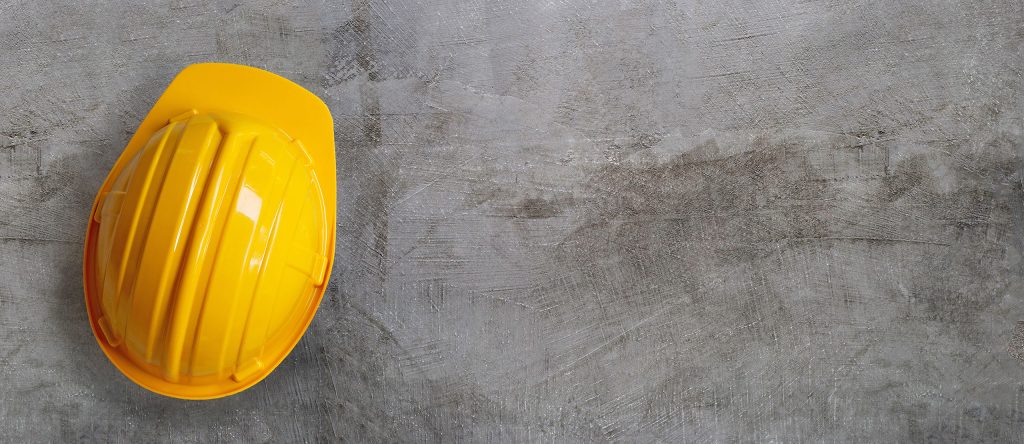One, the Other, or Both?
Concrete is an extraordinarily strong and durable flooring surface. As with any surface however, concrete eventually shows wear and tear. A lot of that has to do with the installation of the concrete and whether quality products were used to seal and protect the surface. If you are looking to revitalize your indoor/outdoor concrete surfaces you have a number of options to consider. Two of those options are concrete overlays and epoxy coatings. What is the difference between the two?
Concrete Overlays
A concrete overlay, also known as concrete resurfacing, applies a thin 2-3 mm layer of cement-based material over an existing concrete surface. A key benefit comes from its ability to repair cracked or damaged concrete without full replacement of the concrete surface. This technique levels and restores the surface, hides imperfections, and adds a layer of protection.
Overlays can mimic various textures, including stone, tile, or brick, allowing for a wide range of design options. This solution improves the aesthetic appeal and slip resistance of concrete surfaces, so overlays work well for restoring patios, driveways, or pool decks. The overlay essentially transforms old concrete by improving its appearance, solving minor problems with damage, and adding durability.
Epoxy Coatings
Epoxy coatings apply a resin-based layer to your existing concrete surface, creating an attractive and protective surface. The coating forms a hard, seamless finish resistant to chemicals, moisture, and heavy foot traffic. Because of its strong protective qualities, epoxy is often used in garages, basements, and industrial spaces. Residential and commercial use of epoxy coatings has also become more popular in recent years.
Epoxy coatings offer a sleek, polished look that enhances the appearance of concrete floors. The seamless nature of the coating ensures easy cleaning and maintenance. Unlike overlays, epoxy focuses more on protection rather than restoration, making it ideal for surfaces that require durability and resistance to wear, but that do not have a significant need for leveling or crack repair.
Reviewing Key Differences and Benefits
Concrete overlays work best when restoring damaged surfaces or uneven concrete surfaces. They allow for versatility in design, while improving structural integrity. On the other hand, epoxy coatings deliver high-performance protection, suitable for high-traffic areas or spaces requiring chemical resistance. The choice between these two solutions depends on the condition of the concrete surface, the environment, and the desired design outcome. In some cases, an overlay is actually necessary before applying an epoxy coating, so they are not mutually exclusive procedures.
Make an Informed Decision
With this information, you can now make an informed decision on how to proceed with rejuvenating your concrete surfaces and enjoying them for years to come. Nevada Custom Coatings has extensive experience with all types of concrete applications including overlays and epoxy coatings. We are happy to provide free onsite inspections and recommendations on surfacing options when you schedule a consultation with us. Contact us today to discuss your concrete improvement options!


